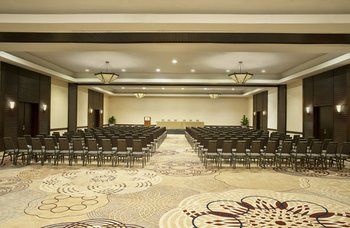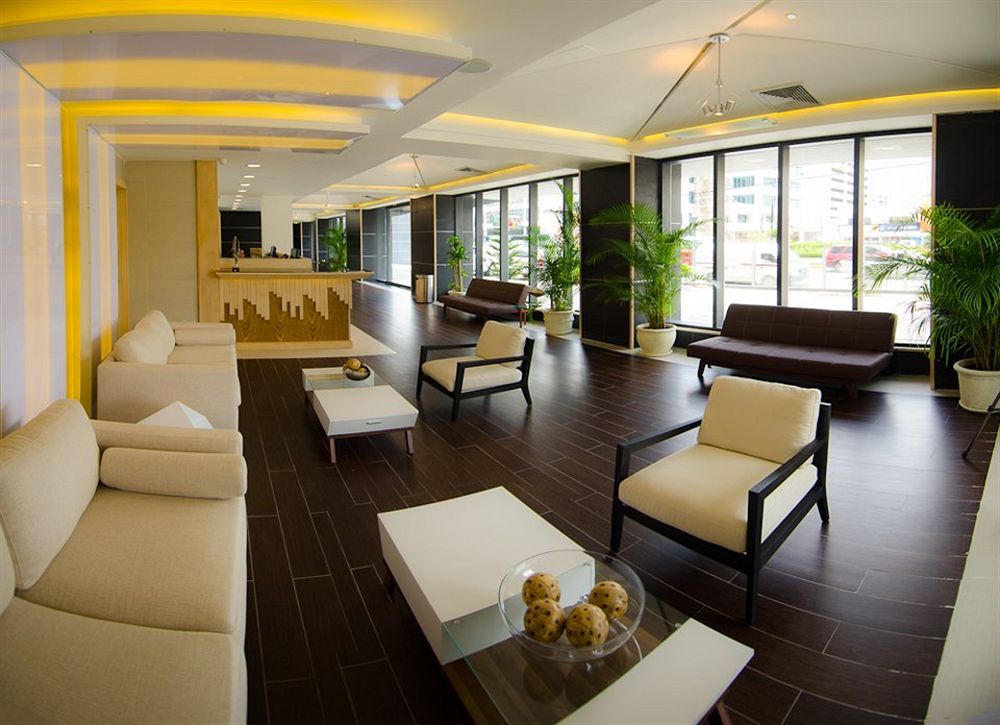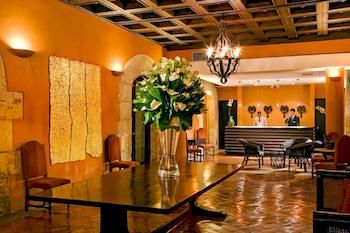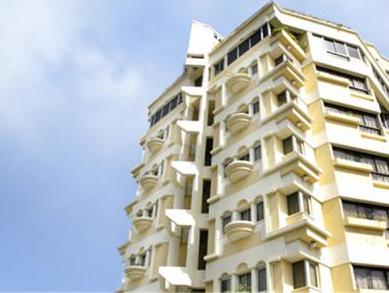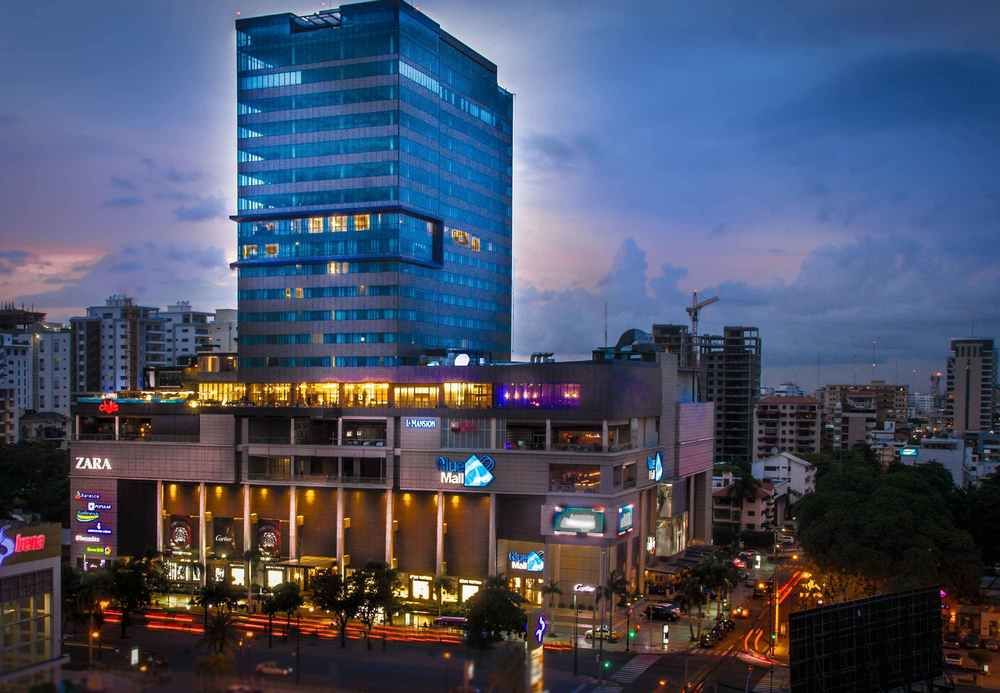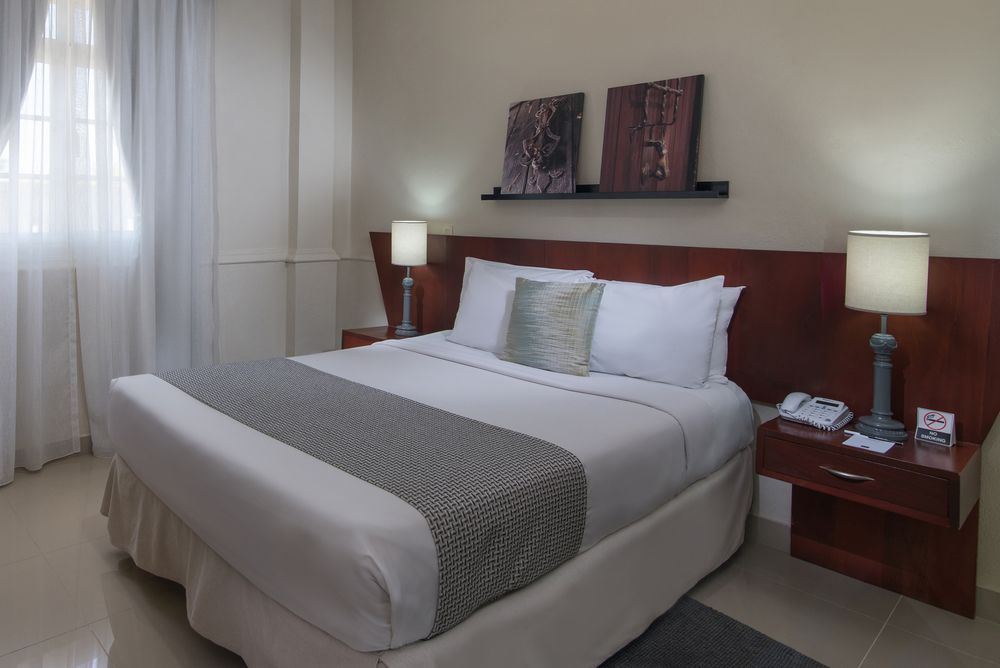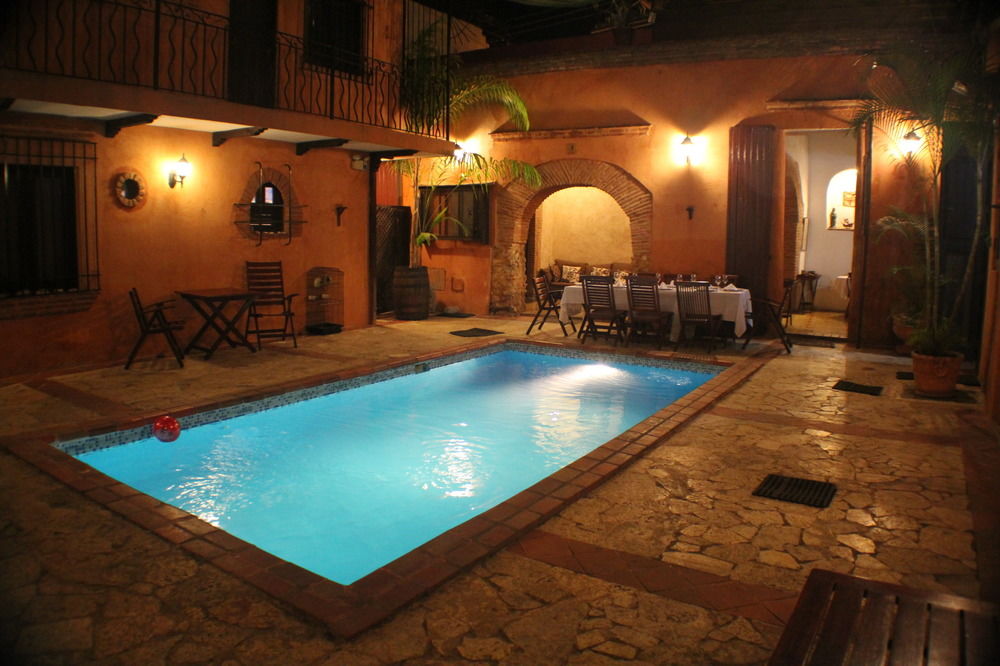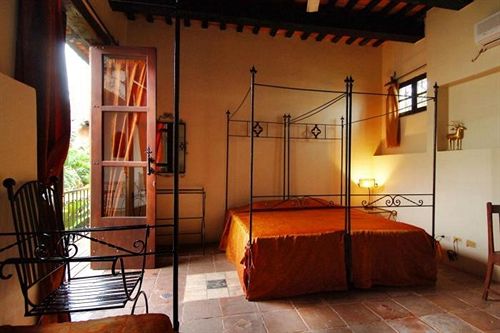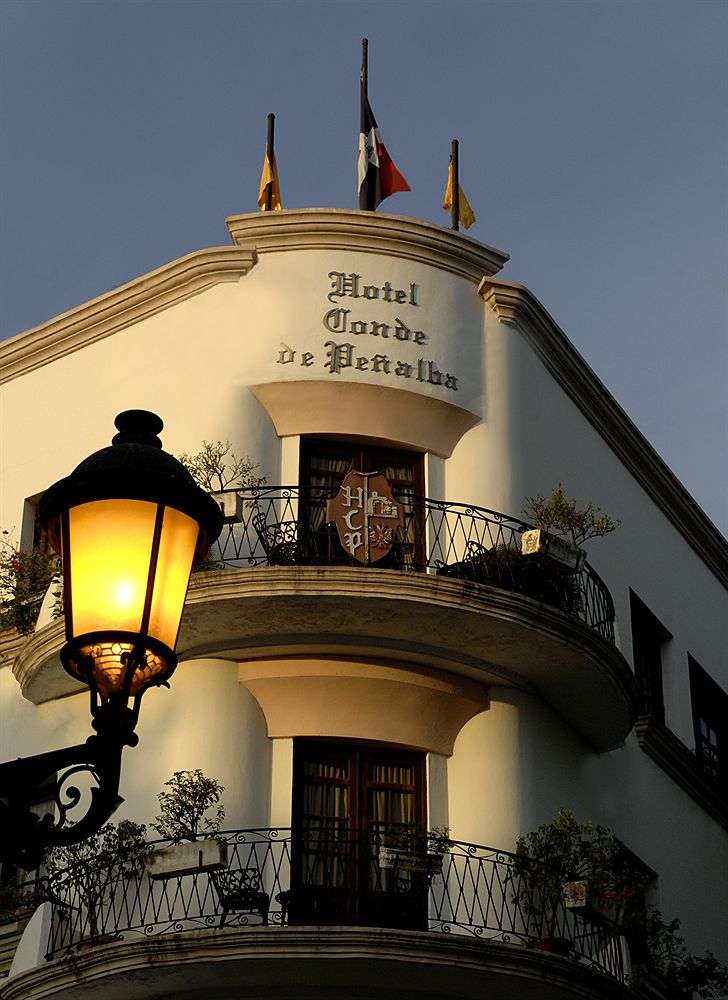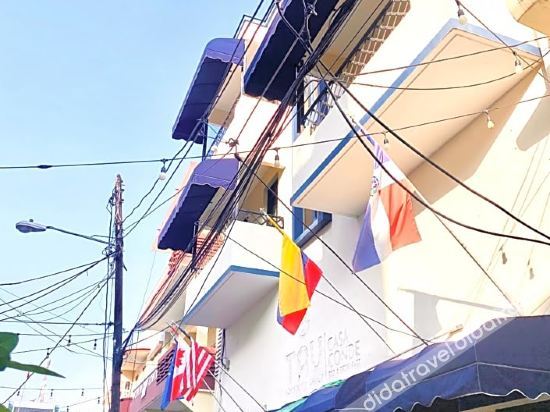
Find hotels in Santo Domingo
Lowest prices detected by AI for hotels
Best
Cheapest
Star Ratings
AI Recommended
Best Hotels In Santo Domingo
Cheapest Hotel Deals in Santo Domingo
Top Rated Hotels
5 Star Hotels in Santo Domingo
4 Star Hotels in Santo Domingo
3 Star Hotels in Santo Domingo
AI-recommended Destinations
Where to stay in Santo Domingo
More About Santo Domingo
Santo Domingo (Spanish pronunciation: [ˈsanto ðoˈmiŋɡo] meaning "Saint Dominic"), officially Santo Domingo de Guzmán, is the capital and largest city in the Dominican Republic and the largest metropolitan area in the Caribbean by population. In 2010, its population was counted as 965,040, rising to 2,908,607 when its surrounding metropolitan area was included. The city is coterminous with the boundaries of the Distrito Nacional ("D.N.", "National District"), itself bordered on three sides by Santo Domingo Province.
Founded by Bartholomew Columbus in 1496, on the east bank of the Ozama River and then moved by Nicolás de Ovando in 1502 to the west bank of the river, the city is the oldest continuously inhabited European settlement in the Americas, and was the first seat of the Spanish colonial rule in the New World. Santo Domingo is the site of the first university, cathedral, castle, monastery, and fortress in the New World. The city's Colonial Zone was declared as a World Heritage Site by UNESCO. Santo Domingo was called Ciudad Trujillo (Spanish pronunciation: [sjuˈðað tɾuˈxiʝo]), from 1936 to 1961, after the Dominican Republic's dictator, Rafael Trujillo, named the capital after himself. Following his assassination, the city resumed its original designation.
Santo Domingo is the cultural, financial, political, commercial and industrial center of the Dominican Republic, with the country's most important industries being located within the city. Santo Domingo also serves as the chief seaport of the country. The city's harbor at the mouth of the Ozama River accommodates the largest vessels, and the port handles both heavy passenger and freight traffic. Temperatures are high year round, with a cool breeze around winter time.
 Time UTC-04
Time UTC-04 Currency DOP
Currency DOP Languages Spanish
Languages SpanishWhat’s Special about Staypia?
Compare hotel prices in real-time
AI finds you the lowest price for hotels in Santo Domingo.
Lowest price for 3.16M hotels worldwide
Book with up to 31% extra discounts only for Staypia members.
Travel bucket list for Santo Domingo
Plan your trip with over 17K 'must see' recommendations for Santo Domingo
Frequently Asked Questions
The best hotels in Santo Domingo are Barcelo Santo Domingo, Sheraton Santo Domingo, Boutique Hotel Palacio.
The best 5 star hotels in Santo Domingo are Barcelo Santo Domingo, El Embajador a Royal Hideaway Hotel, Crowne Plaza Santo Domingo. Search for the most highly rated hotels in Santo Domingo
The most highly rated hotels in Santo Domingo are El Embajador a Royal Hideaway Hotel, Crowne Plaza Santo Domingo, Embassy Suites by Hilton Santo Domingo.
Generally, room reservations are subject to a free refund until the cancellation deadline. Fees may apply after the cancellation deadline, so please check the cancellation deadline on your hotel voucher or in Menu > My Reservation.
If you’re a frequent traveler, Staypia is the best place to get the best hotel deals. You can book hotels with the lowest price of 3.16 million hotels collected by AI, and receive additional discounts for members only.
